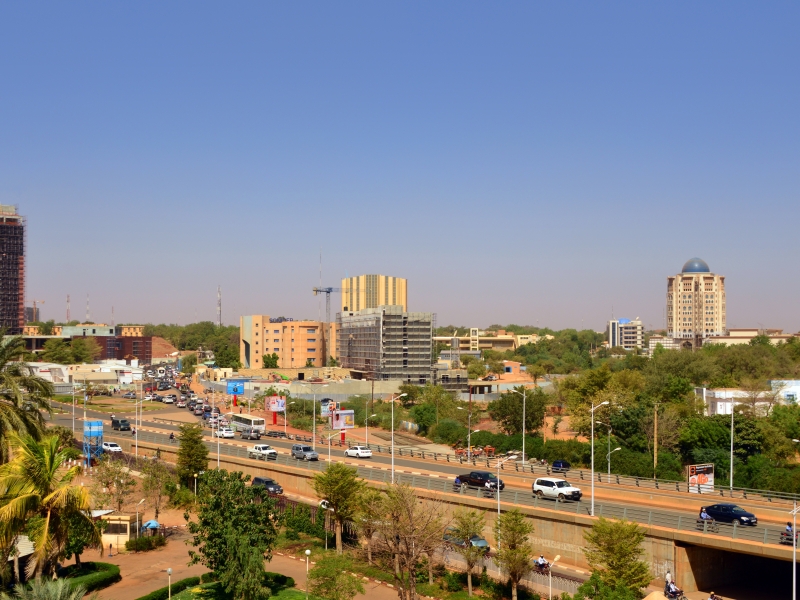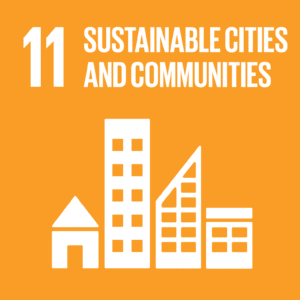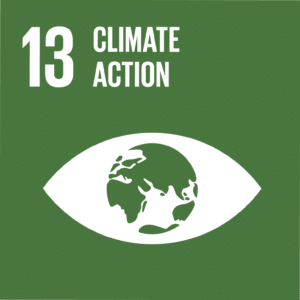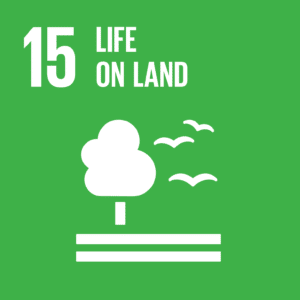Planting urban trees to increase the climate resistance in cities

Climate forest in Niamey
Niger’s capital Niamey is one of the hottest places on Earth, experiencing deadly heat on more than 200 days per year. As well as increasing mortality and morbidity, extreme heat leads to higher energy demand for cooling buildings. It damages infrastructure, affects the operation of critical services such as hospitals and diminishes productivity.
Niamey recognises the potential of urban trees as a climate resilience measure. But while there have been several tree planting initiatives, upscaling them has been hampered by technical and financial barriers: lack of quantitative assessment of urban trees’ ability to alleviate climate extremes, knowledge about their carbon storage potential and even the basic means for implementation (planting and maintenance).
Reducing CO2 emissions by 5% by tripling the number of urban trees
Existing results of urban microclimate models will serve as evidence for the crucial role that urban green infrastructure plays in (current and future) climate threats. These results will be spread widely. Local stakeholders will be trained in microclimatic monitoring of urban trees, using advanced, yet simple and robust devices (heat cameras, soil moisture sensors).
The results they obtain will be used to assess the incorporation of urban tree-based climate actions. Urban trees’ potential for carbon sequestration will also be assessed, and ways to value this through market mechanisms in the form of carbon credits will be identified.
The volume of urban trees in Niamey will be tripled from 100,000 to 300,000. This should directly produce a 5% reduction in adverse climate impacts on various sectors, such as health (human exposure to excessive heat stress), labour (productivity loss) and energy (for cooling buildings).
Do you want to know more about this project?









